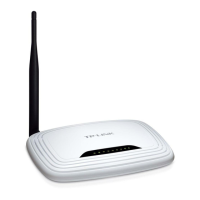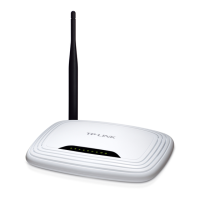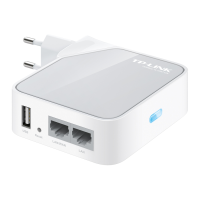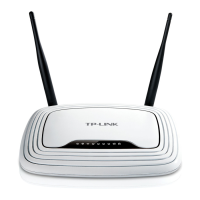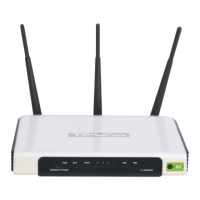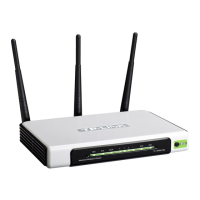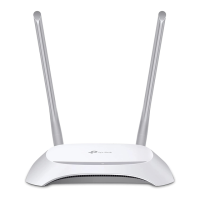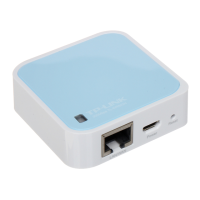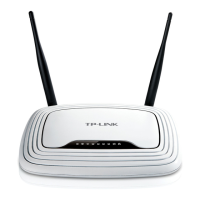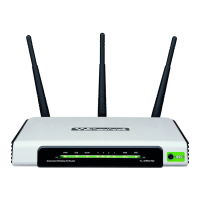TL-WR743ND 150Mbps Wireless AP/Client Router
- 2 -
Chapter 1. Introduction
1.1 Overview of the Router
The TL-WR743ND 150Mbps Wireless AP/Client Router integrates 4-port Switch, Firewall,
NAT-Router and Wireless AP. With Client Router Mode as the default mode, the 150Mbps Wireless
AP/Client Router can connect to the WISP, delivering exceptional range and speed for the users.
Meanwhile, TL-WR743ND creates a local area network for files sharing or Internet surfing via
wireless or wired connections.
Incredible Speed
T
he TL-WR743ND 150Mbps Wireless AP/Client Router provides up to 150Mbps wireless
connection with other 802.11n wireless clients. The speed makes it ideal for handling multiple data
streams at the same time, which ensures your network stable and smooth. It is compatible with all
IEEE 802.11g and IEEE 802.11b products.
Multiple Operation Modes
T
he TL-WR743ND 150Mbps Wireless AP/Client Router supports five operation modes. The Client
Router mode allows the TL-WR743ND to connect to the WISP and create a local area network via
wireless connection. The Router mode enables the TL-WR743ND to work as a router for network
sharing with high speed. The functions of Repeater mode and Bridge with AP mode are similar, for
they both make the TL-WR743ND able to extend the existing wireless network. In Client mode,
TL-WR743ND acts as a wireless station to enable the wired host(s) to access AP.
Reliable Security Protections
With multiple protection
measures, including SSID broadcast control and wireless LAN
64/128/152-bit WEP encryption, WiFi protected Access (WPA2 - PSK, WPA - PSK), as well as
advanced Firewall protections, the TL-WR743ND 150Mbps Wireless AP/Client Router provides
complete data privacy.
Flexible Access Control
T
he TL-WR743ND 150Mbps Wireless AP/Client Router provides flexible access control, so that
parents or network administrators can establish restricted access policies for children or staff. It also
supports Virtual Server and DMZ host for Port Triggering, and then the network administrators can
manage and monitor the network in real time with the remote management function.
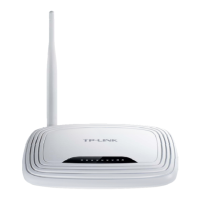
